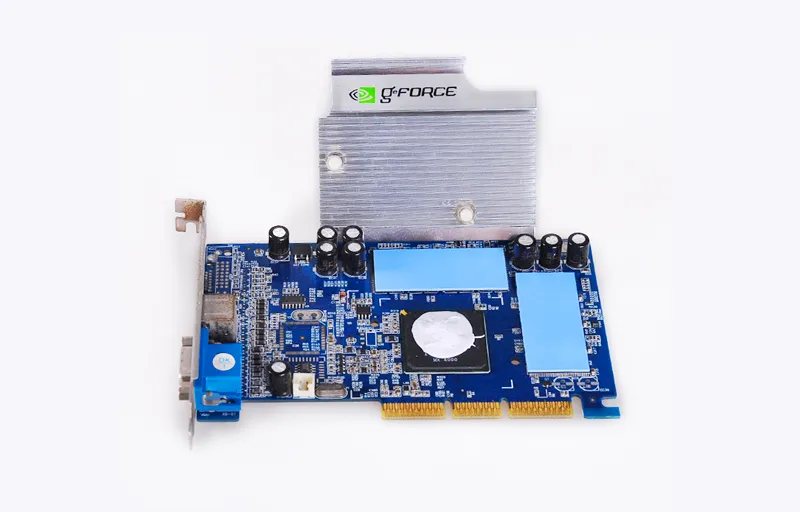Which Thermal Conductive Silicone Pad Should You Buy and Use?
- Posted on:2022-11-18 11:19:00
- Source:AOK Thermal Pad Manufacturer FAQs
Thermal conductive silicone pad are high-performance gap-filled thermal conductive materials, mainly used for the transfer interface between electronic equipment and heat sinks or product shells. It can completely exhaust the air between the electronic components and the heat sink to achieve sufficient contact, and conduct heat from the separate device or the entire PCB to the metal casing or diffusion plate, thereby improving the efficiency and life of the heat-generating electronic components.
Thermal conductive silicone pad are widely used, involving chipsets, IC controllers, GPU/CPU, communication hardware, automotive control components, consumer electronics, smart home appliances and other fields. How to choose the right thermal conductive silicone pad for different applications?
1. Thermal conductive silicone pad substrate
There are three common polymer materials for thermal conductive silicone pad as the matrix, silicone, polyurethane and acrylic resin. Silicone thermal pads inherit the characteristics of silicone materials and are the most widely used type of thermal pads. However, there is a disadvantage that silicone oil is precipitated and cannot be used in some occasions (such as optical equipment, hard disks, etc.). The main advantage of silicone-free thermal pad is that there is no precipitation of silicone oil, and the disadvantages are also obvious, including slightly poor temperature resistance and high hardness.
2. Thermal conductive silicone pad conductivity
Which thermal conductivity pads to choose depends on the application environment and requirements. The first is to look at the amount of heat generated by the component, followed by the design gap thickness, desired temperature reduction and heat transfer area. Based on these data, the area thermal resistance is estimated, and then the required products can be determined according to the thickness thermal resistance curve of the different thermal conductivity pads.
3. Thermal conductive silicone pad structure
There are three structural types of common thermal pads, and these three structural types of thermal pads have their own advantages and disadvantages, and each has its own uniqueness. In general, adding reinforcing materials will increase physical strength, but will sacrifice some thermal conductivity. If the specification is relatively large, it will have little effect on thick products, but it will have a certain impact on thin products (<1mm). The thermal pads of the material is strong and does not undergo dimensional changes. The thermal pads on the surface of the silicone cloth has puncture resistance and better electrical insulation.
4. Thermal conductive silicone pad Thickness
The thickness of the thermal conductive silicone pad generally needs to be selected according to the designed gap width. It is recommended to compress 20-50% of the thickness and close to the gap thickness. For example, if the gap thickness is 1.5mm, a 2.0mm product can be recommended, because the 2.0 product is the same as the gap thickness after being compressed by 25%. A product of this thickness can ensure that the gap is filled without causing excessive stress. The hardness of the product has a great influence on the compression performance. Under the premise of ensuring the physical strength, it is recommended to choose the product with low hardness. In addition to the lower stress, the lower hardness pads have better interfacial affinity and lower interfacial thermal resistance.
If you would like to learn more about AOK performance thermal materials, please visit our website at www.aok-technologies.com.


